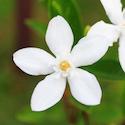As fans of gardening, you are probably familiar with Jasmine plants. These beauties are adored for their lovely blooms that give off a sweet fragrance.
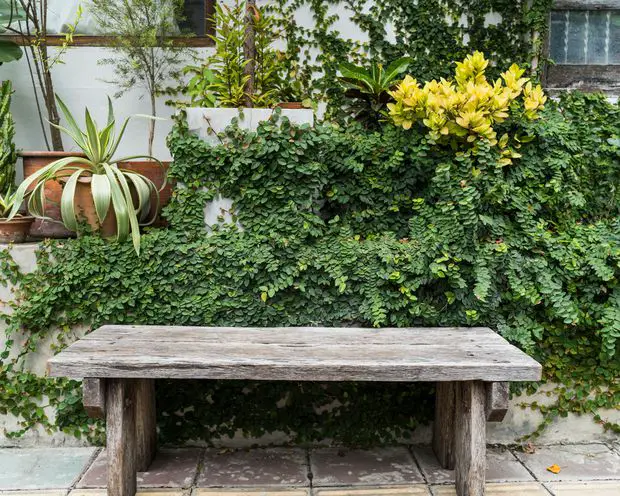
Not only that, but they're also quite low-maintenance, which is why they're a favourite among gardeners of all levels.
Whether you are a seasoned pro or just starting, you can easily grow these plants in a variety of conditions. It is no surprise that they are each gardener's choice!
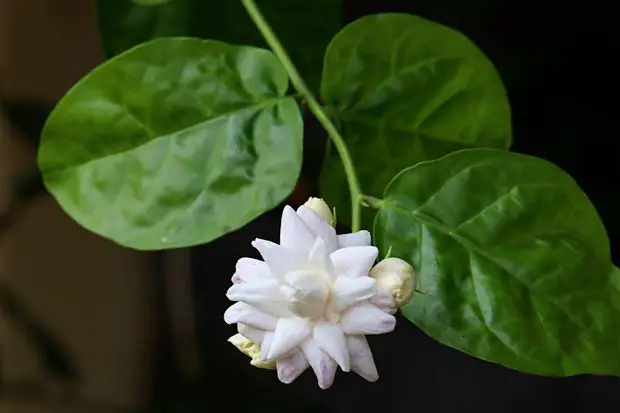
That being said, it is important to choose the right plants to grow alongside jasmine in your garden. But, what plants grow well with jasmine?
Gardenias, clematis, lavender, rosemary, honeysuckle, and hydrangea are some of the plants that grow well with jasmine. They have similar growing conditions and can complement jasmine plants nicely in terms of fragrance, colour, and pest control.
Companion planting can have a significant impact on the health and growth of your jasmine and other plants in general, and choosing the wrong plants can lead to competition for resources or even damage to your jasmine.
Have you ever wondered why your jasmine might not bloom although it is well-fed, watered and cared for?
Well, the answer might be simply that the neighbouring plants are not appropriate for your Jasmine’s optimal growth.
Selecting plants that have similar growing requirements is crucial and can have a meaningful impact on your jasmine's fragrant bloom success.
Let’s dive deeper into this topic, so that, you can create a beautiful and harmonious garden design that allows all of your plants to thrive.
In this article, we will explore some of the best companion plants for jasmine and explain why choosing the right plants is so important for the health and beauty of your garden.
Companion planting is a traditional gardening method where you grow different plants together to help them out.
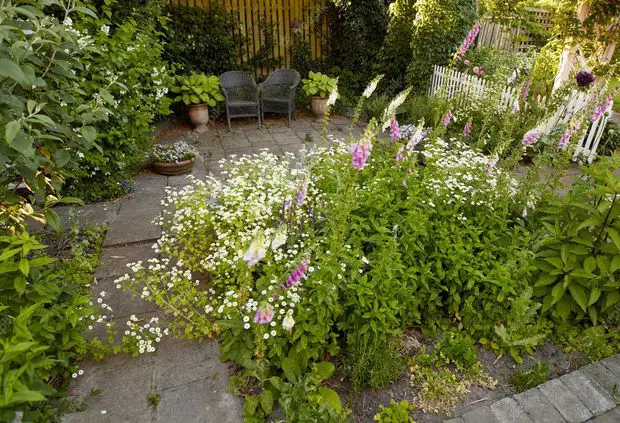
It is believed that certain plants can provide nutrients, repel pests, improve soil quality, and attract beneficial insects, which can benefit their neighbouring plants.
By planting the right combination of plants, you can create a thriving garden ecosystem where each plant supports the growth and health of the others.
It is a natural and effective way to grow a variety of healthy plants in your garden.
When it comes to jasmine plants, choosing the right companion plants is essential to ensure their success in the garden.
Jasmine is a fragrant flowering plant that requires well-drained soil, full sun, and moderate watering.
It is susceptible to pests such as aphids, spider mites, and whiteflies, as well as fungal diseases such as powdery mildew and black spot.
Some companion plants may attract pests and diseases that can harm the jasmine plant.
For instance, planting a susceptible vegetable plant like tomatoes near jasmine can attract aphids, which are known to infest both plants.
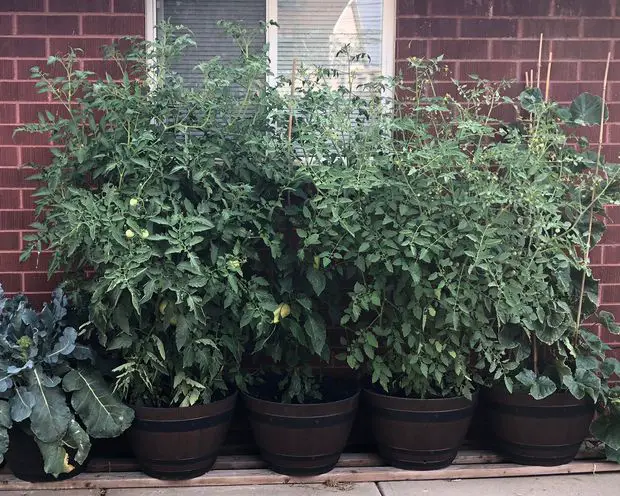
Similarly, planting roses, which are prone to fungal diseases like black spots, powdery mildew, and rust, next to jasmine can spread those diseases to the jasmine plant.
Choosing the wrong companion plants can lead to competition for resources, pest infestations, and disease spread, ultimately harming the health and growth of your jasmine plant.
There are several factors to consider when choosing companion plants for Jasmine:
What plants pair well with jasmine?
I have found that plants such as lavender, roses, and marigolds make great companions for jasmine, as they require similar growing conditions and can help to enhance the beauty of the garden.
In terms of companion planting, it is important to choose plants that can thrive in the same conditions as jasmine, thus, contributing to your harmonious and beautiful garden.
For example, plants that require more shade or moisture than jasmine may not be suitable companions.
Here are my top recommendations:
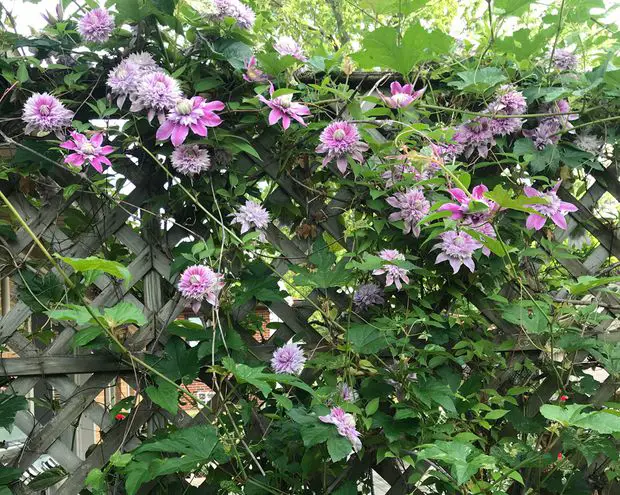
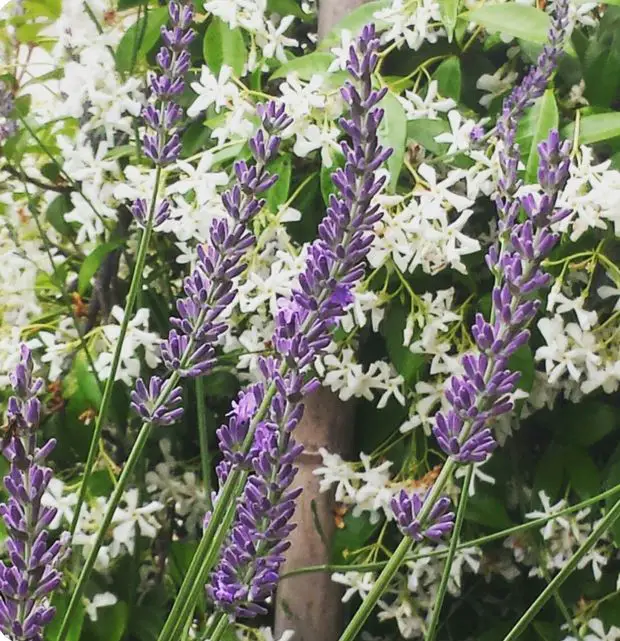
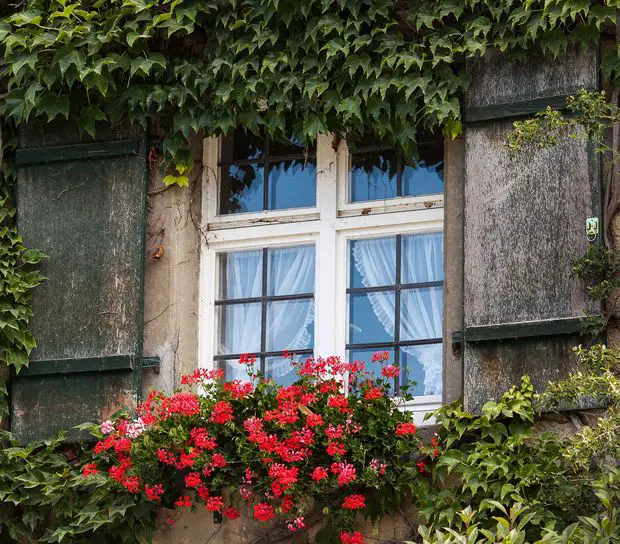
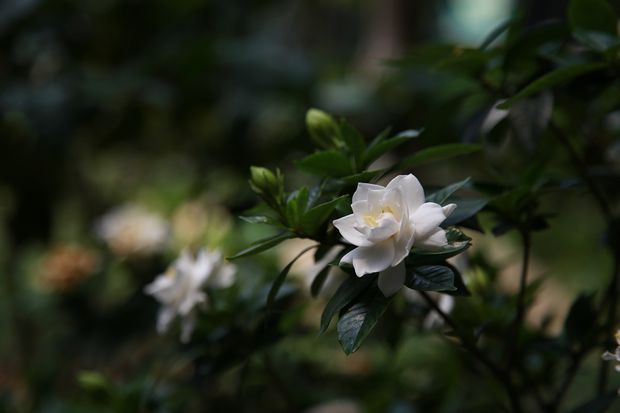
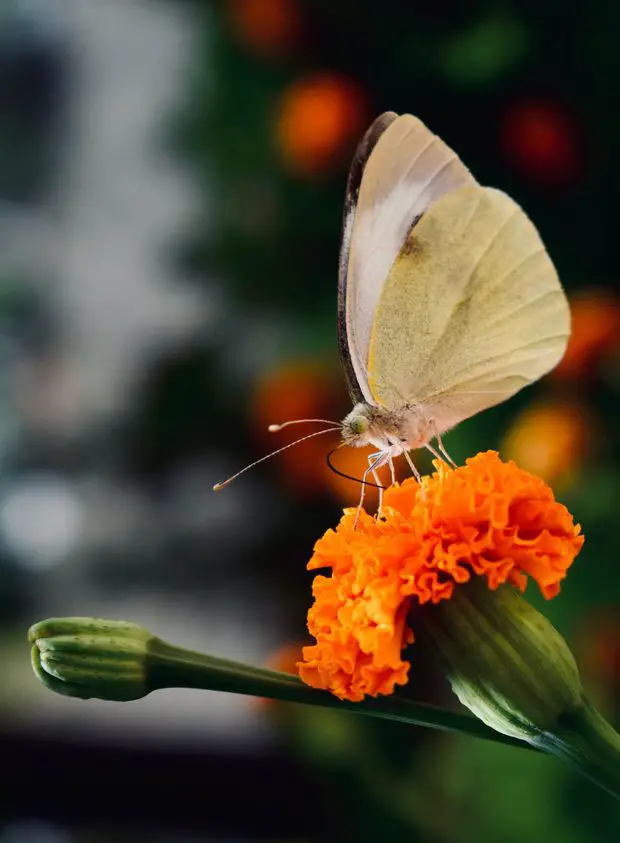
Other good options:
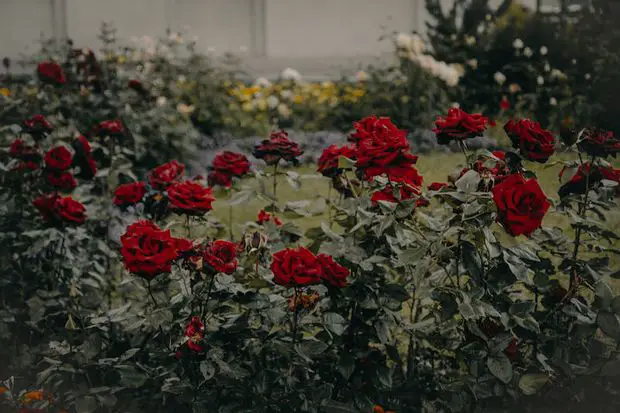
What herbs pair well with jasmine?
Jasmine has a delicate and sweet floral flavour, and it pairs well with a variety of herbs. Here are my top herbs that are commonly paired with jasmine plants:
It is important to note that the best companion plants for jasmine may vary depending on the specific growing conditions in your garden, so it is always a good idea to experiment and see which pairings work best for you.
What plants and flowers should not be planted near Jasmine?
Mint
Mint is a herbaceous plant that can grow aggressively and spread quickly. Its invasive nature can cause it to take over the Jasmine garden bed, competing with it for resources such as water, nutrients, and sunlight.
Additionally, the strong scent of mint can overpower the delicate fragrance of jasmine, reducing its impact.
While mint can compete with jasmine plants for resources like water and nutrients, it can still be an OK choice to plant next to jasmine as long as proper spacing and soil preparation are taken into account.
That being said, if you have limited space in your garden or if you are concerned about competition for resources, it might be better to choose herbs like lavender or rosemary that are less likely to compete with your Jasmine.
Nightshade Family Plants
Plants in the nightshade family, such as tomatoes, eggplants, and peppers, are susceptible to the same pests and diseases as jasmine.
Planting them together can create a breeding ground for pests such as aphids, spider mites, and whiteflies.
Not least importantly, some nightshade plants produce chemicals that can stunt the growth of jasmine.
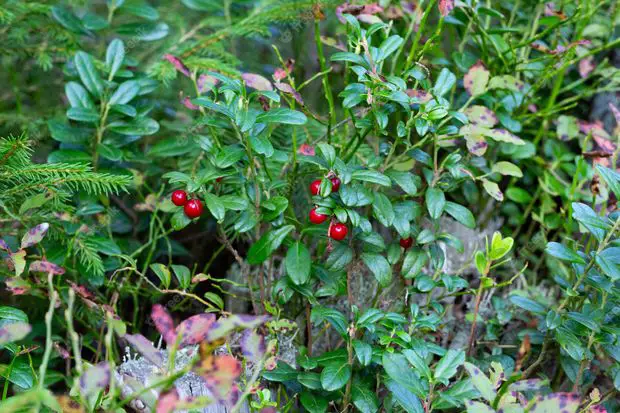
Roses
While roses and jasmine may look beautiful together, they are both susceptible to fungal diseases such as black spots, powdery mildew, and rust.
Planting them in close proximity can increase the likelihood of these diseases spreading and infecting both plants.
While roses and jasmine may compete for resources if planted too close together, if properly spaced and given adequate growing conditions, they can make great companions.
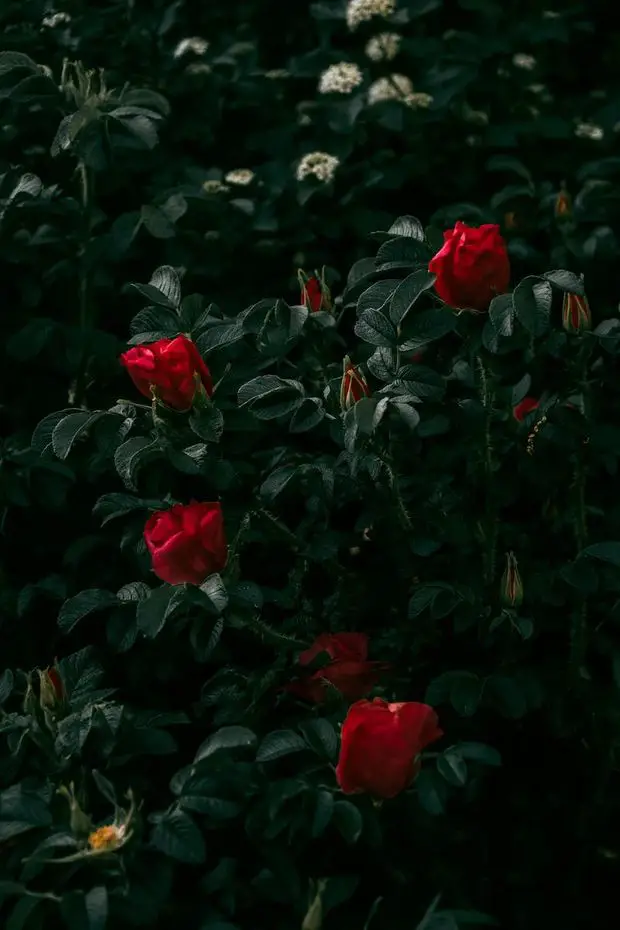
Honeysuckle
Despite the fact that honeysuckle may appear like a natural companion plant for jasmine due to its fragrant blooms, it can also become invasive and compete with jasmine for resources.
Honeysuckle is a magnet that will attract pests such as aphids and spider mites, which can spread to the jasmine plant in no time.
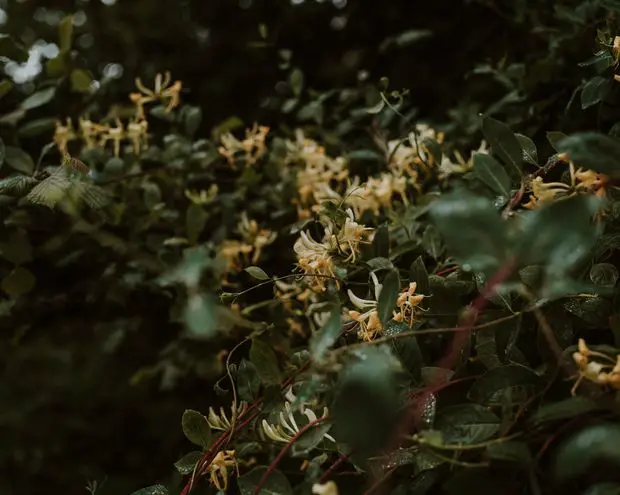
Fruit Tree
Fruit trees such as apple and peach trees require a lot of water and nutrients to produce fruit, which can lead to competition with Jasmine for these resources.
In the long run, the dense foliage of fruit trees can block sunlight and inhibit the growth of jasmine.
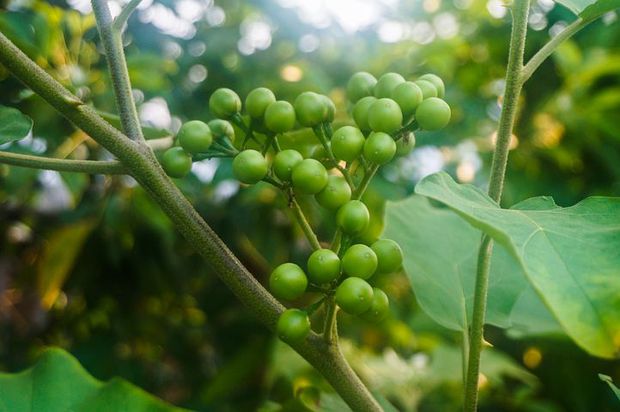
Where should I plant jasmine in my garden?
As a gardening enthusiast, I have had my fair share of experience with planting jasmine in various locations throughout my garden.
The placement of jasmine is an important consideration when planning your garden, as it can impact not only the growth and health of the plant itself but also the success of its companion plants.
When deciding where to plant jasmine in your garden, it is important to consider the plant's requirements for sunlight and soil.
Jasmine requires full sun, meaning it needs at least six hours of direct sunlight per day. If planted in a shady spot, it may struggle to produce blooms and may become leggy and weak.
I made the mistake of planting jasmine in a shaded area of my garden in the past, and it quickly became clear that it was not receiving enough sunlight to thrive.
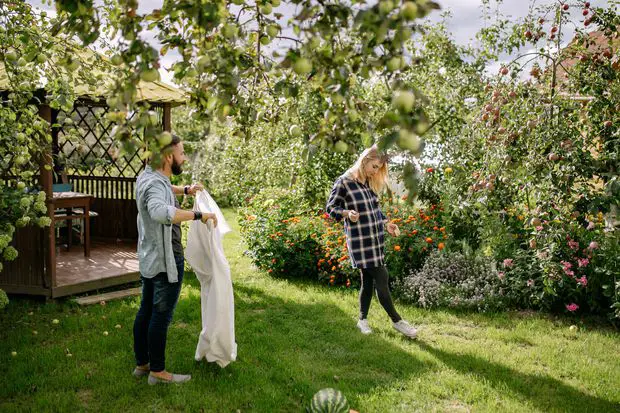
The plant appeared sickly and lacked the vibrant blooms that are the hallmark of a healthy jasmine plant.
In addition to sunlight, jasmine also requires well-drained soil. This is because jasmine is susceptible to root rot if the soil is too wet or poorly drained.
To ensure the soil is well-drained, it is important to choose a location that is slightly elevated or on a slope.
I learned this the hard way when I planted jasmine in a low-lying area of my garden that was prone to flooding during heavy rains.
The jasmine quickly became waterlogged, and many of the roots rotted, leading to stunted growth and an overall unhealthy appearance.
As to where to place your jasmine plants, many gardeners choose to plant jasmine near an outdoor seating area, such as a patio or deck, so that they can enjoy the fragrant blooms and attractive foliage while relaxing outside.
Placing jasmine in a raised planter or container on the patio can be a great way to ensure it receives enough sunlight and well-drained soil, while also making it easy to move the plant if needed.
I have personally planted jasmine in a container on my patio, and it has thrived in this location.
Another popular location for planting jasmine is along a fence or trellis. This allows the plant to climb and vine, creating an attractive and fragrant living wall.
When planting jasmine along a fence or trellis, it is important to ensure that the structure can support the weight of the plant as it grows.
Final thoughts
So there you have it! Now you know which plants are the perfect companions for your lovely jasmine.
By carefully selecting plants that complement your jasmine's growing conditions and unique needs, you will create a harmonious and flourishing garden.
Whether you prefer the fragrant aroma of lavender and rosemary or the beautiful blooms of Gardenia and Plumbago, there are many options to choose from when selecting companion plants for your jasmine.
With the information provided in this article, you are now equipped with the knowledge to make informed decisions about which plants to pair with your jasmine.
